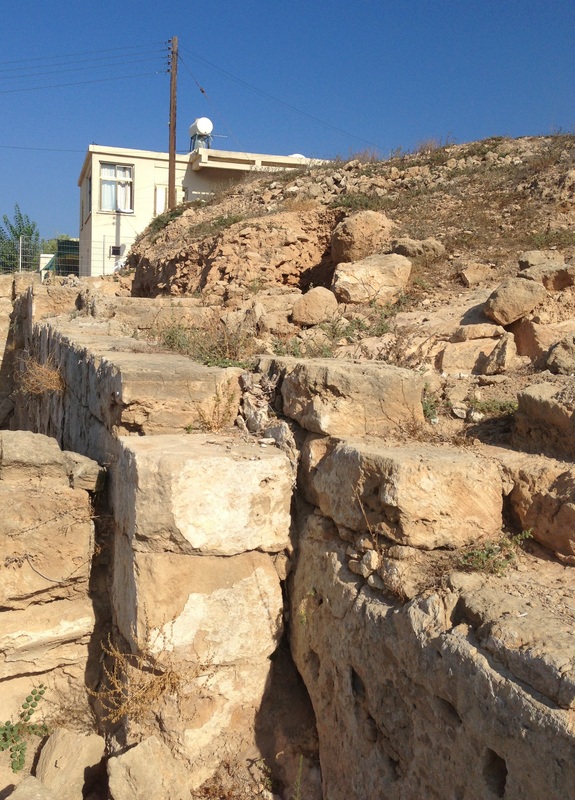The history of the Augustan phase of the Paphos theatre is one of the least well understood of the theatre’s history but an important once so on this once every two millennia day we thought we would take a look at it.
Paphos was badly damaged by an earthquake in c. 15BC and we are told by Seneca (N. Q. vi. 26, Epistle 91) that the damage was severe. Dio Cassius (liv. 23) relates that Nea Paphos was restored by Augustus, and called "Augusta" in his honour. Archaeological evidence for the damage caused by the earthquake is seen in the town – our friends from Jagiellonian University working the Paphos Agora Project have dated the first phase of the Roman Agora portico to this period of restoration by Augustus. (http://www.paphos-agora.archeo.uj.edu.pl/en_GB/odkrycia)
For us working at the theatre there was obviously damage at this phase, but the nature of the damage and the extent of the Augustan renovations are difficult to determine. Much of this phase has been obliterated by later Roman construction, but it does seem likely that the stage building underwent a refit in the Augustan period even if the Augustan stonework is not so clearly and easily identifiable. Our biggest evidence for late first century remodeling is the western analemmata. Considerable amounts of late first century BC ceramics were found in the fill behind the wall which has obviously been reinforced and rebuilt. It is visible in the photo shown below, a thicker wall added onto a pre-existing analemmata (support wall for the parodos entrance). It is perhaps here we have the greatest evidence of Augustus’ patronage for Nea Paphos in the area of the theatre.
Despite attempts to recreate the Augustan era at the theatre (such as: http://www.europeana.eu/portal/record/2020720/DR_22fc9f88ac3a73022ca2d837917b5537.html) it remains difficult for us to have any certainty as to how the building looked two thousand years ago on Augustus’ death.
We have recovered Augustan coins from the site over the years of excavation; indeed a Paphian mint produced coins with images of the Temple of Aphrodite at nearby Paleaopaphos including the conical cult statue which has been speculated was a metorite (although it probably isn’t).
So it is quite exciting excavating a site with Augustan connections as the rest of the world reflects on the legacy of Rome’s first emperor.

 RSS Feed
RSS Feed